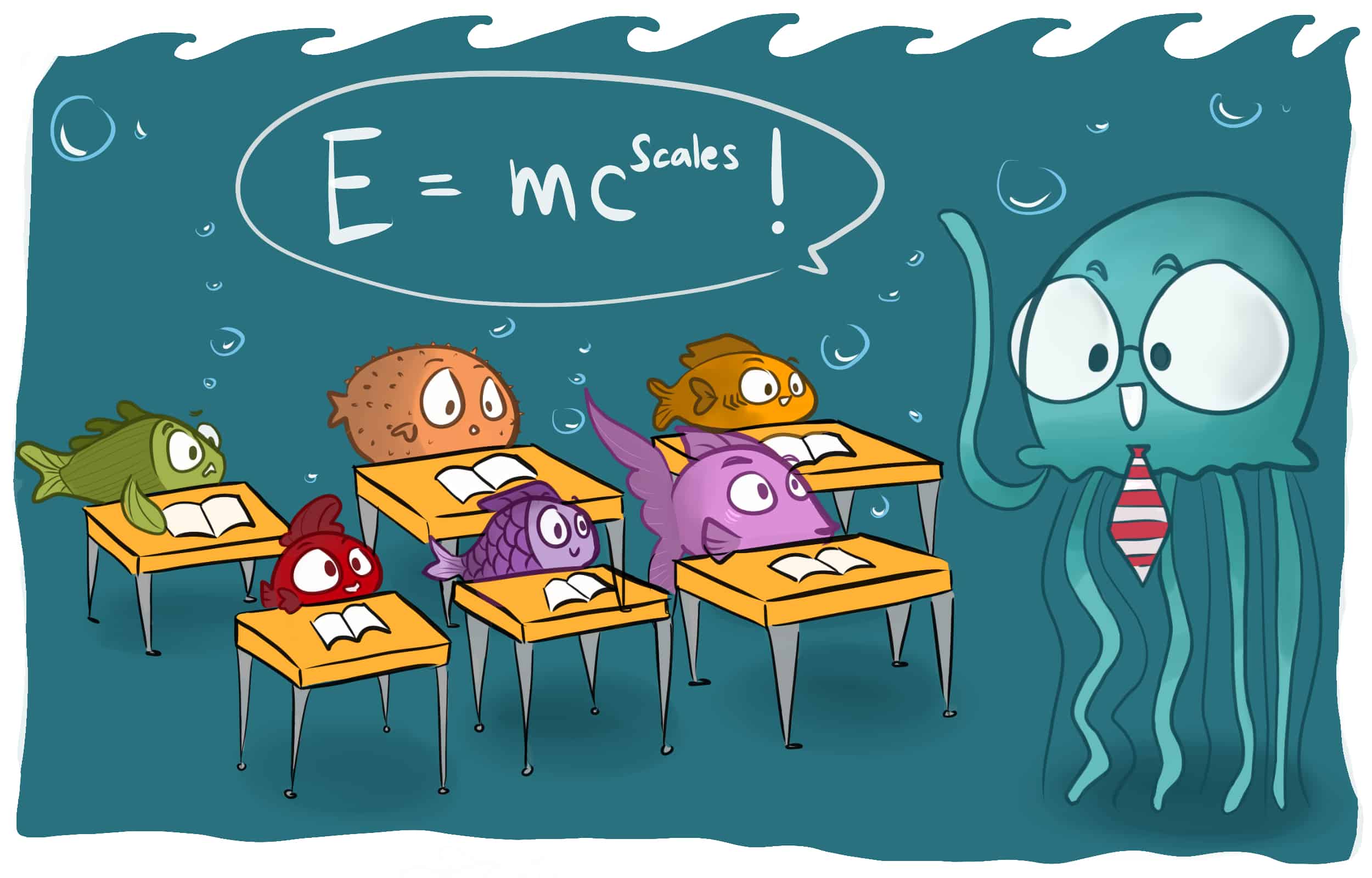Like many children, fish receive an education. They are expected to learn the knowledge their ancestors have gathered over billions of years of evolution. Fish learn social behavior from older adults on their first migration trip. They learn where they will spawn in the future and where they will spend their winters.
The Krkosek lab from U of T’s Department of Ecology & Evolutionary Biology found that this social learning is key to keeping each population reproductively separate. Populations mate only within themselves, despite being able to recruit juvenile fish from other populations.
To investigate the ease with which juveniles are recruited to non-parental populations, the team developed a mathematical model of the life history of iteroparous fish, called the Adopted Migrant Life History (AMLH) model. The model suggested that spatial demographic structure may be influenced by distinct social learning processes in each local population. These differences in social learning are reflected in the population’s unique migratory routes and spawning sites.
Their findings challenge the common understanding that juvenile fish recruit to populations they were spawned from — in other words, that young fish go to their parents’ alma mater. According to Luke Rogers, the lead author of the study, if that were true, then we would see a unique genetic footprint that would allow us to identify fish from that school. But we don’t always see this in nature.
Another theory is that juveniles from different spawning sites recruit to one big melting pot of adult fish. This would help create a larger, more diverse population and would offer key benefits, like a quick recovery after population collapse or a quick repopulation of lost spawning sites. However, this is also not always observed in nature.
To determine the pattern of juvenile recruitment to adult populations, the researchers worked with collaborators from Haida and Heiltsuk First Nations in coastal British Columbia. They were told that the herring that lose their ‘big Chiefs’ no longer know where to spawn.
“It leads us to the idea that juvenile fish might play ‘follow-the-leader’ by recruiting to whichever adult population they meet first,” said Rogers. This means that some juveniles could recruit to parental populations, while others could be ‘adopted’ by entirely different populations.
Population collapse happens when there are not enough adults to recruit juveniles. In the AMLH model, a smaller population means that each adult spawns more offspring, allowing them to avoid extinction.
However, socially learned behaviour in fish populations may also bring about complications. “After a local population collapses in the AMLH, recruitment may be very low or zero, and recovery may be delayed or not occur. This is because the local population must become large enough, relative to any neighbouring populations, to recruit enough juveniles to persist,” said Rogers.


